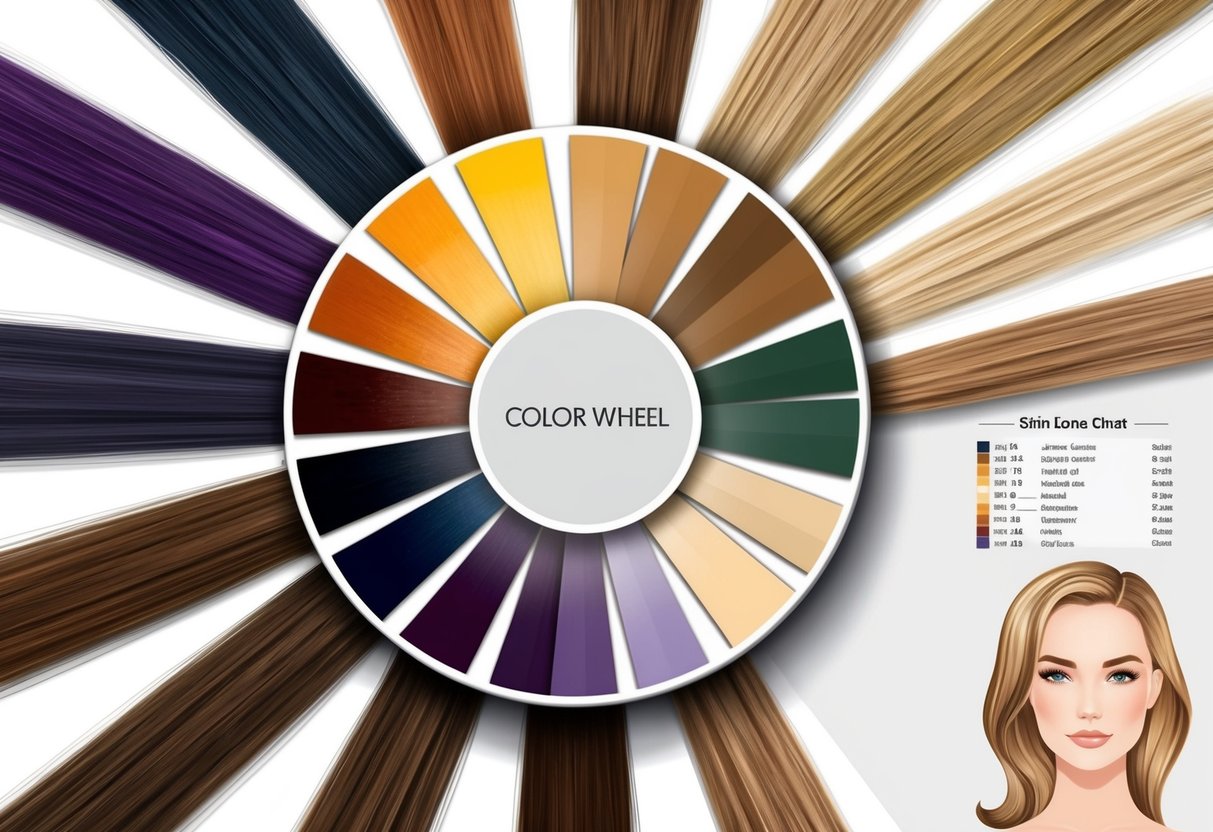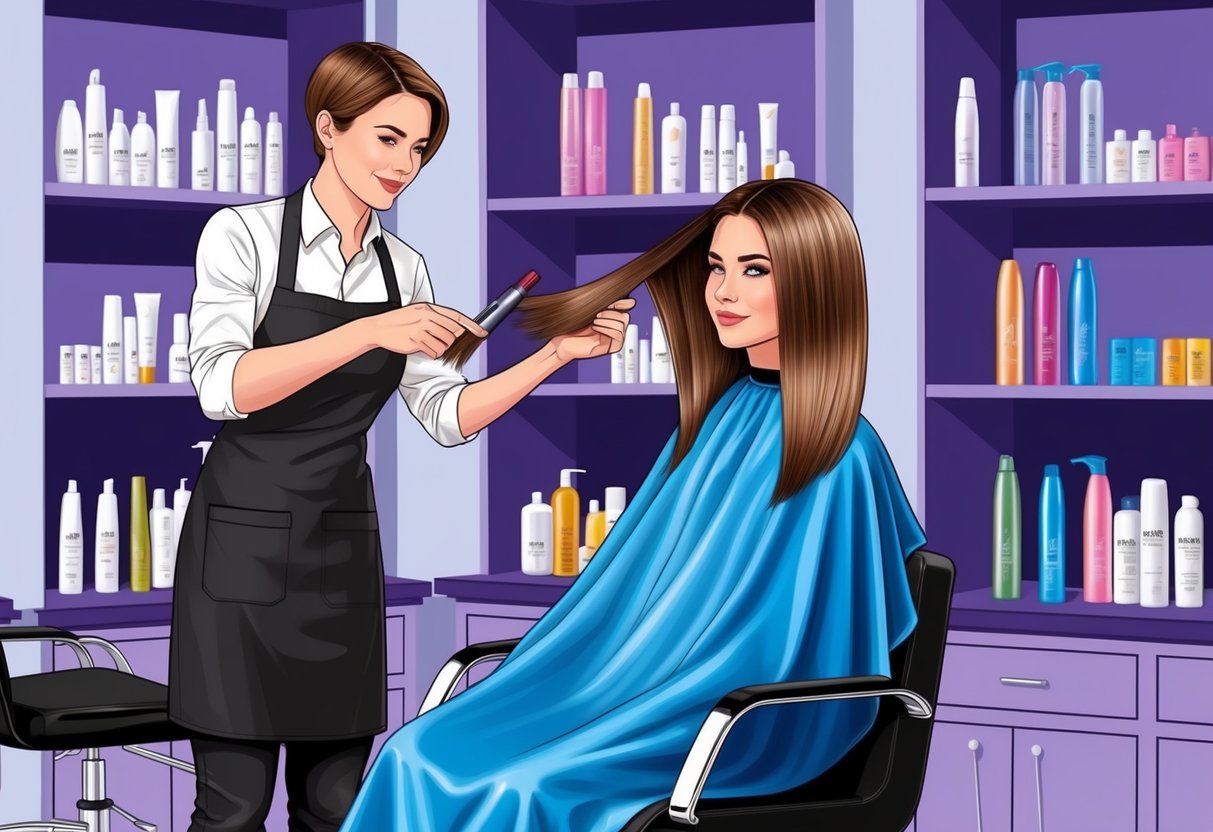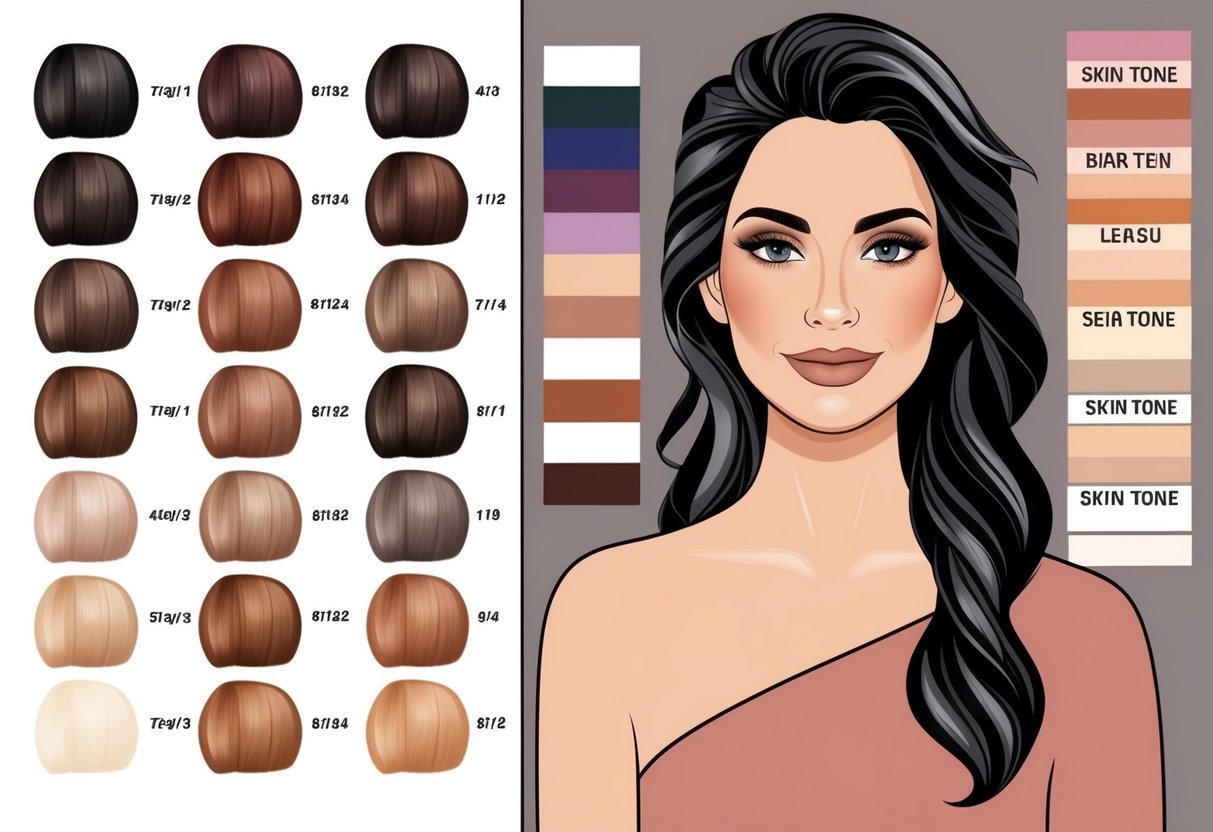
Maintenance and Aftercare for Color-Treated Hair

Proper maintenance is key to keeping color-treated hair looking fresh and vibrant. Aftercare routines and product choices directly influence how long hair colours remain rich and true to tone.
Routine Care for Vibrant Color
Color-treated hair needs gentle cleansing and extra hydration. Sulfate-free shampoos help protect against color fading by minimizing moisture loss and chemical stripping.
Conditioners with nourishing oils such as argan or coconut can restore softness and help preserve hair dye vibrancy. Using cool or lukewarm water for washing also reduces pigment washout compared to hot water.
UV protection is important. Leave-in sprays or creams with UV filters help shield hair from sun-induced color fading.
Limit heat styling; air drying or using styling tools on low heat prevents additional color loss and dryness. A weekly conditioning mask can keep strands healthy and maintain sheen.
Strategies for Long-Lasting Results
Spacing out washes extends the life of color by reducing how often dye molecules are rinsed away. Dry shampoo is useful for refreshing hair between washes without stripping color.
Touch-up kits let users address root growth without full reapplication, preserving overall hair health. Regular trims help prevent split ends that make color look dull and uneven.
Avoid chlorinated pools or always use a swim cap, as chlorine can alter and fade color. After swimming, rinse hair promptly to remove any chemicals.
When outdoors, hats or scarves provide additional physical protection against sunlight for all hair colours. Consistency in aftercare habits ensures salon-fresh results for as long as possible.
Seasonal Trends and Inspiration

Each season brings fresh hair colour looks, influenced by changing trends, celebrity styles, and shifts in natural light. Staying informed about what’s current ensures choices feel modern and personally tailored to complement any skin tone.
Evolving Hair Colour Trends
Hair colour trends shift throughout the year, often guided by the latest runway looks, pop culture, and social media influence. In spring and summer, lighter shades such as buttery blondes, strawberry blondes, and soft balayage highlights become popular as they mimic the brightening effects of sunlight.
Autumn frequently sees a move toward deeper hues—think chestnut brown, copper red, and chocolate tones. These shades add warmth and depth, which align with the muted, cozy light of fall.
Winter hair colour looks often trend towards rich, bold tones like inky black, deep burgundy, and cool espresso brown. For those wanting to keep up, it’s helpful to watch seasonal hair colour trend guides or consult with stylists for the most flattering shades as trends evolve.
Personalizing Your Look for Each Season
Customizing hair colour is not just about following trends—it’s about harmonizing those styles with individual features, especially skin tone. In warmer months, individuals with cool skin tones may opt for ash or platinum shades, while those with warm undertones often suit golden or honey hues.
During the colder seasons, adjusting colour intensity or dimension can create a more flattering look in changing light. Adding lowlights or choosing richer hues helps maintain vibrancy and avoid flat-looking hair as natural sunlight decreases.
Testing temporary shades or glosses is a low-commitment way to experiment without long-term changes. Reference expert tips for matching hair colour to skin tone to find what works best for each season’s unique qualities.
Makeup Pairing with Hair Color Choices

Selecting the right makeup to complement a new hair color is as important as choosing the perfect shade for your skin tone. The key is to enhance natural features while creating a balanced and flattering overall look.
Makeup Looks for Cool Hair Colors
Individuals with cool hair colors such as ash blonde, platinum, or cool black benefit from makeup that echoes similar undertones. Foundation and concealer in neutral or pink bases prevent clashing with hair.
Eye makeup in shades of gray, taupe, navy, and cool mauve complements the coolness of hair, giving a harmonious finish. For lips, blue-based reds, berry, and plum tones provide contrast without overpowering the hair.
A quick reference table:
| Feature | Recommended Shades |
|---|---|
| Foundation | Neutral or pink undertones |
| Eyeshadow | Silver, gray, cool brown, mauve |
| Lipstick | Plum, berry, blue-red |
| Blush | Soft rose, cool pink |
Avoid warm bronzes or oranges, as these can make the complexion and hair appear washed out. Instead, opt for products labeled as “cool” or “rosy” to maintain balance.
Makeup Looks for Warm Hair Colors
Warm hair colors such as golden blonde, caramel, copper, and chestnut blend best with similarly warm makeup tones. Foundations with yellow or golden undertones unify the look and bring out the warmth in both hair and skin.
For eyes, earth-toned shades like bronze, gold, peach, and warm browns enhance the richness of the hair color. Lips stand out with coral, peach, and warm red hues.
Blush in apricot or warm rose adds radiance.
List of warm makeup suggestions:
- Gold or copper eyeshadows
- Terracotta or peach blush
- Coral, brick, or orange-red lipstick
Orange- or golden-based products for every step create a cohesive appearance. Cool or blue-based products should be avoided, as they may clash with the warmth of the hair color and skin.
For more on hair color and its impact on beauty routines, visit this guide to matching hair color with skin tone.



